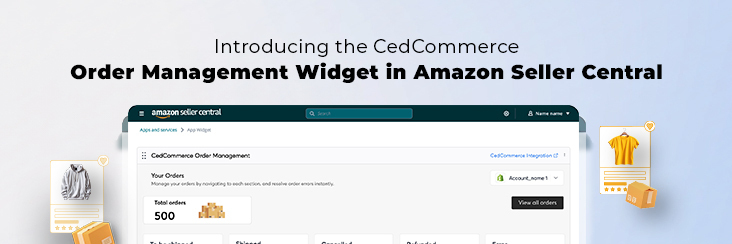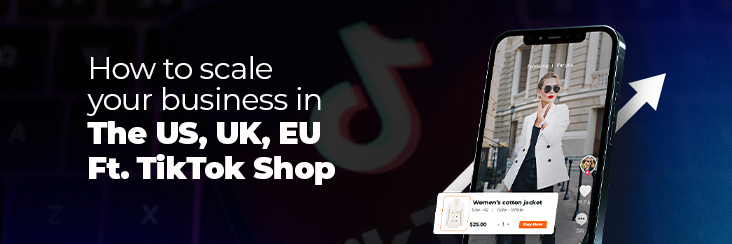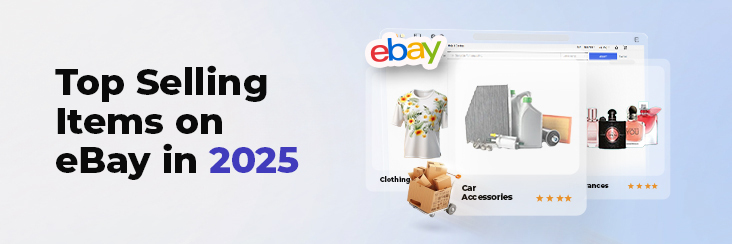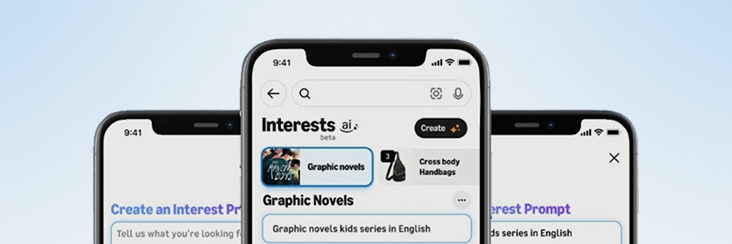Walmart Embraces Amazon MCF: A New Era of Cross-Platform Fulfillment for eCommerce
Walmart Embraces Amazon MCF: A New Era of Cross-Platform Fulfillment for eCommerce
Are you planning to expand your online presence via the lucrative marketplace of the US, i.e., Walmart, but you don’t know the fees and costs associated with selling? If you need answers to questions like – how much does it cost to sell on Walmart marketplace? What is the Walmart marketplace fee breakdown for sellers? How does Walmart pay its sellers when a product gets sold? This article breaks down all you need to know about selling on the Walmart marketplace. Let’s get started!
Unlike some other platforms, Walmart does not charge listing fees, item setup fees, or monthly subscription fees for sellers. You are only charged a commission fee based on product category when you make a sale. This fee structure makes it relatively cost-effective to start selling on Walmart, with your expenses directly tied to your sales success.
Walmart Marketplace charges a referral fee based on the category of your product. These fees typically range from 6% to 15% of the item’s selling price. This fee is deducted from your selling price when you make a sale.
The following table represents the category-wise referral fees at Walmart Marketplace:
Source: Walmart knowledgebase
The referral fee that Walmart charges on sales varies based on the category of the product sold. The table provided details the category-specific referral fees (Walmart marketplace fees) applicable when your product is sold on Walmart.com.
As illustrated in the table above, for instance, if you sell a book priced at $10, you would pay a 15% selling fee to Walmart, i.e., you make $8.50. In contrast, if you sell a cell phone, the commission fee would be 8%. The amount you receive from the sale of your Walmart products is calculated by subtracting the referral fee from your total sales.
Total amount received = Total sales – Walmart Referral fee
You must also note that your payment on Walmart Marketplace is also dependent on the following factors:
The payment frequency on Walmart Marketplace is generally bi-weekly (every 14 days). Walmart pays via Hyperwallet or Payoneer 14 days after the seller’s order gets shipped. However, for new sellers, the payment criteria differ. Until the new sellers meet the following criteria, their payments for each shipped order is delayed for 14 days.
For new international sellers on Walmart Marketplace, payments can be delayed up to 21 days if the above-mentioned criteria are not met.
Note: High return or chargeback rates and selling counterfeit or illegal items can result in payment suspension, delays, or permanent non-payment.
Walmart can temporarily suspend seller’s payments. The following can be the reasons for payment suspension:
Sellers must comply with the following standards to remove a payment suspension from their account.
Walmart Marketplace has partnered with Payoneer to process payments for sellers. If you don’t have a Payoneer account, it is advisable to create one through Walmart Seller Central. Because, if you register directly on Payoneer, a fee of $1.50 every time you withdraw from Payoneer. However, in such cases, you can also reach out to Payoneer customer service to request a refund for this fee.
(Source – Walmart Marketplace)
Once you fulfill the requirements to sell on Walmart, follow the steps below to become a seller on Walmart:
Walmart’s onboarding process begins with an application for approval/account creation. For this, firstly fill out the Walmart marketplace application form, and wait for an approval email from Walmart.
Secondly comes the Registration process, which consists of 5 sub-steps, including Account Creation, Walmart Retailer Agreement, Company Registration, Taxes (W-9), Payment Info, and Shipping Info.
Thirdly, you need to complete your partner profile which includes providing details of your Company, Customer Service, Contacts, Shipping, Return Policy, Privacy Policy, and Tax Info.
This is a critical step and needs to be completed carefully since, at this step, you need to set up your items and upload inventory from your store to the Walmart marketplace. Due care and attention from your end are needed here.
Now the question is- how to set up items and upload inventory on Walmart? For the same, you can do it on your own or opt-in for an integration solution. But choosing an integration solution is a wise decision as it comes packed with the following prominent features that will make it easy for you to sell on Walmart:
Now the last step is to launch your account as a Walmart Seller. Click Ready to launch, and then click Confirm. This will notify Walmart about your marketplace application. The Walmart team evaluates your application form and will notify you about your application status.
“Pro Tip: Once your Walmart marketplace application gets approved, it’s recommended that you quickly install the Walmart Integration app. You must be wondering why? Well! When you install the app, a dedicated account manager will be aligned with you from CedCommerce to make your onboarding process seamless. The account manager will guide you on all the onboarding steps and will simplify the remaining steps for you. If you get stuck at any time while selling on the Walmart marketplace and need an expert’s help, he will be there to help you out.”

Walmart Embraces Amazon MCF: A New Era of Cross-Platform Fulfillment for eCommerce

Order Management Redefined: A Centralized Solution for Amazon Sellers

Maximizing TikTok Shop’s Regional Compatibility for US, UK, and EU Markets

Understanding U.S. Tariffs in 2025: What Sellers Need to Know and Do

Walmart’s Search Algorithm Decoded: How to Rank Higher & Sell More

TikTok Gets a 75-Day Reprieve in the USA as Trump Signals Hope for a Deal

TikTok Shop Introduces Category-Based Benchmarks for Product Listings – What Sellers Need to Know

Amazon FBA vs. FBM: Which Fulfillment Method Is Right for You?

Amazon Launches Another AI Tool for Sellers: AI Generated Product Enrichment

Top 10 Selling Items on eBay in 2025

Amazon launches AI Powered ‘Interests’ Feature to Improve Shopping Experience

Is TikTok Staying in the US? The State of TikTok Ban

Best Buy coming back to the US, Marketplace Relaunch and New Opportunities in Store!

Miravia PrestaShop Connector: Built for Smart Sellers

Walmart Launches “Wally”, AI Assistant For Merchants

TikTok Shop to Start Business in Germany, France, and Italy

TikTok Shop Surges as Americans Spend $700 Annually, Defying Regulatory Pressures

Amazon’s Longest Prime Day Ever: What You Need to Know

eCommerce Growth in the Netherlands: A 5% Surge in 2024 with Bright Prospects Ahead

CedCommerce Launches Shopee & Lazada Integration for WooCommerce on WordPress.com